I have two images: a large image of a puppy (the scene) and a small crop of its nose (the target):
I have gathered SURF points for both the target and the scene and then matched them. I have displayed the best matches on the scene image as follows:
What is the best way to identify the largest cluster of matched surf points?
In this example, all the points are well clustered. However, in some other examples, there are several outliers which I want to exclude.
Thanks.
Update: KDE worked well for me. Thanks everyone, that's great.


